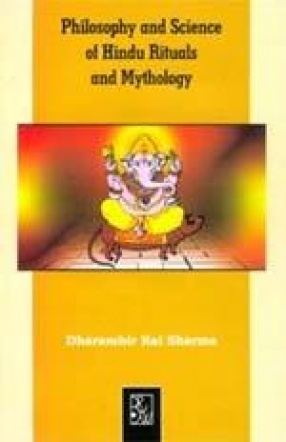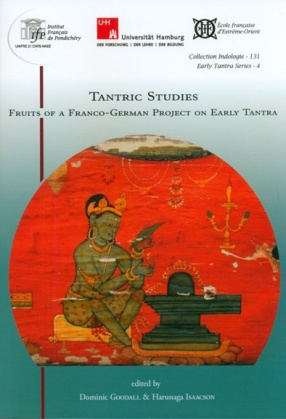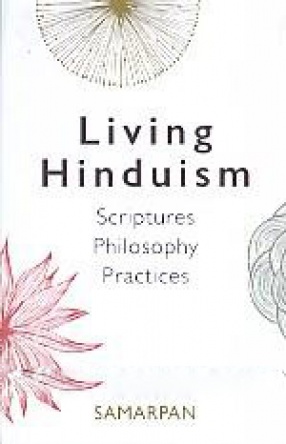Hinduism is the only major world religion where the philosophy came first and the religion developed from the philosophy. Consequently everything in it is related in some way or the other to the basic philosophy. The temples are the most visible aspect of the religion and the Supreme Reality God is worshipped through the images enshrined in them. The forms of the images are diverse and the worship rituals are elaborate but they all lead to the One who is without form and attributes representing the ultimate existence, consciousness, and bliss. That is the core of the philosophy and everything else emanates from it. But the religion is for the masses for whom the philosophy in its abstract form is unintelligible. That is where the mythology comes into play trying to get the subtle points of the philosophy across to them through simple narratives and specific rules of worship. On the surface the stories may appear crude and the worship rituals may seem to be just mechanical gestures but the discerning mind has to look beyond the visual to find the symbolism behind the words and actions. A serious problem facing Hindu communities is how to help the younger generations retain their religion and culture. The inquisitive minds need more than sets of rules and beliefs to maintain interest in the religion and religious activities. This book is an attempt to provide the rationale for what they see and are supposed to imbibe. It tries to point out the ideas of the philosophy behind the symbolism involved in the external manifestations of the religion. A few popular stories from the Puraanas and Epics are presented by way of example.
Tantric Studies: Fruits of A Franco-German Project on Early Tantra
This compendium of eight ...
$43.20
$48.00





There are no reviews yet.